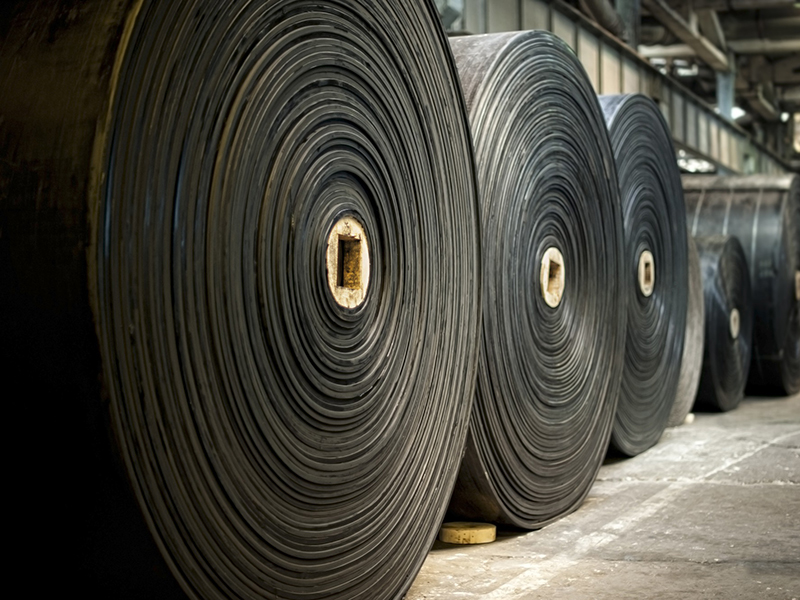Multiple factors are shaping and challenging the global supply of raw materials for tires. After the punishing years of Covid, global economic disruption and shortages of semiconductors continue to impact auto production and tire sales. At the same time new demands are being placed on raw material sets to provide greener, more recyclable solutions, while also delivering higher performance, fuel efficient, and longer lasting tires.
This dynamic market space is profiled by the latest expert study from Smithers –
The Future of Tire Raw Materials to 2028 – quantifying historic, current, and future demand for 28 different substances used to build tires, through 2028.
Smithers analysis shows that in 2023 total consumption will reach 51.01 million tonnes, having recovered from the low of 42.77 million tonnes seen at the height of the pandemic in 2020. As a degree of stability returns to the market, Smithers’ modelling forecasts overall consumption will increase at a compound annual growth rate (CAGR) of +3.5% for the next five years, with consumption climbing to 60.86 million tonnes in 2028.
Across the same period world tire sales will increase from $290.4 billion in 2023 to $348.6 billion in 2028, at constant 2022 prices.
Raw material consumption will increase fastest in India and China, with CAGRs above +5.0% forecast for both. These markets for domestic supply and export will increasingly dominate an Asia-Pacific region that now accounts for 63.8% of world demand by weight. North America despite moves to reshore some tire and auto production will grow more slowly than Asia or Europe, but retain its position as the second largest market for tire raw materials across 2023-2028.
In developed markets the principal emphasis is on improving sustainability. This effects both the supply of raw materials, but is also reflected in the need for higher tire performance. Minimising rolling resistance to lower fuel consumption when fitted to a vehicle is the main contribution tires can make to a lower carbon future. At the same time there is demand for harder wearing compounds to support the extra weight of first-generation electric vehicles, and minimise particulate emissions.
Natural and synthetic rubbers are the largest segment of tire raw materials. Within this, the outlook for natural rubber (NR) is positive, partially shaped by a desire to use less more petroleum-derived materials in tires. Tires makers will also use more higher durability synthetic grades, such as butyl rubber (IIR/PIB) and solution styrene-butadiene rubber grades (S-SBR). There will be a sharp decline in emulsion SBR (ESBR) demand to compensate.
The second most important constituent are fillers. This is the segment where the drive for more sustainability in raw materials in most evident. Tire OEMs are vigorously supporting the greater commercialisation of recovered carbon black, including improving consistency to allow for use at higher loadings. Rolling resistance demands however mean the highest demand is for high dispersibility silicas (HDS) that combine this with superior durability. Some raw material suppliers are pioneering making HDS grades from agricultural wastes.
In processing oils, naphthenic oil (NAP) use will grow strongly, overtaking treated distillate aromatic extract (TDAE) as the most common plasticiser in tires before the end of the Smithers forecast period.
In tire cords there will be greater use of polyester and rayon, alongside steel constructions; with some tire makers trialling making these from recovered end-of-life tires or other recycled materials.
